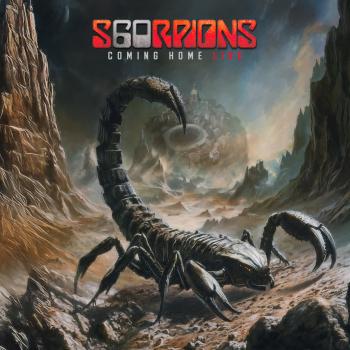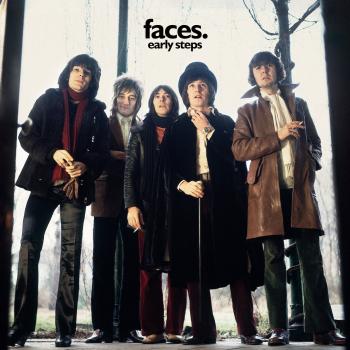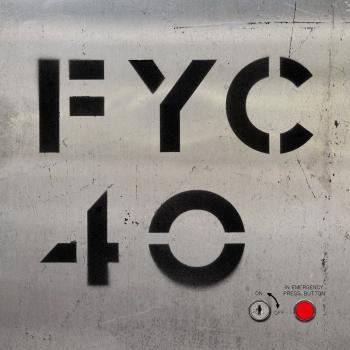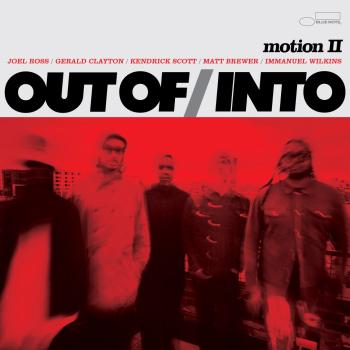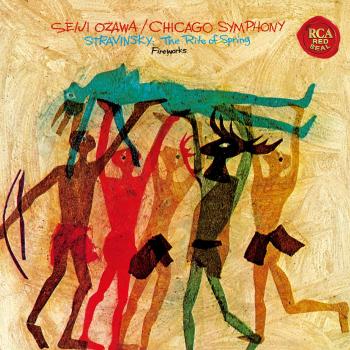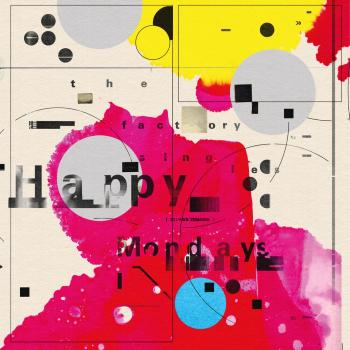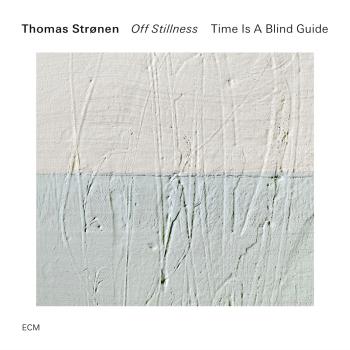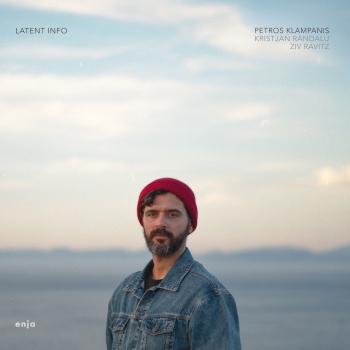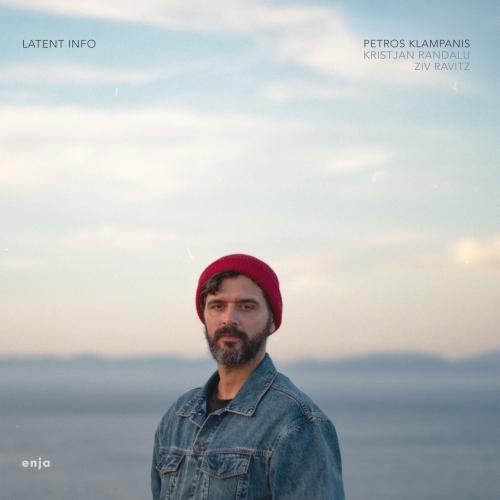
Latent Info Petros Klampanis, Ziv Ravitz, Kristjan Randalu
Album info
Album-Release:
2025
HRA-Release:
14.02.2025
Album including Album cover
- 1 Over the Calypso Deep 07:10
- 2 Latent Info 04:55
- 3 Stenahoria 06:38
- 4 Menerbes 07:13
- 5 When I Know the Answer 06:23
- 6 Falling Grace 03:33
- 7 Day Breaks 03:57
- 8 Disoriented 05:37
Info for Latent Info
In the beginning: the word. A child's voice. The rest: without words. Music. Instrumental music. Is it really “wordless”? After all, we often speak of it as a form of nonverbal communication. We talk about “storytelling,” about musicians who tell stories without a single line of text. About how they speak to us with their seemingly speechless medium, how the music itself speaks to us directly and addresses us. And again and again, we attest that music is a language. An idiom with its own syntax, grammar, melody, and vocabulary. Plainly put: a carrier of information. Or, with poetic exuberance: the language of the unspoken. And perhaps also of the unspeakable…
“Petros Klampanis is a musician who has always spoken from the heart.” When a journalist from the American magazine DownBeat states that the bassist's music always comes from the heart and that he speaks with his heart, it is by no means a sugary, (semi-poetic) phrase, even if it might sound like one. And anyone who meets the Greek in person and hears him (with words) talk about music will only be able to confirm it: Music is not just dear to him, it is a matter of the heart.
Finding words for the unspoken and the unspeakable is not just a primal motivation and challenge for the (music) journalism profession. It is a fundamental human need. Both pleasure and frustration: because as much as the struggle for the supposedly “appropriate” or even “striking” words can be fun—especially when it is crowned with success—this passionate effort often hits its limits. And that’s a good thing.
Because it reveals a primal power of music. It can be a voice for the inner self and bring what is inside to the outside. What is hidden, once it becomes sound, also becomes audible to others, if not visible. Where words fail or are simply lacking, music unfolds its full expressive power. A single tone can sometimes carry more than a cleverly formulated sentence. Even a note not played can achieve this. The pause, in particular, is one of the most rhetorically expressive tools in music. When something remains unsaid in a text but a subtext resonates, we talk about “reading between the lines.” And nuances are among the most expressive elements of the art of music.
Sometimes pictures also say more than words. A photo: Petros Klampanis in the foreground, the vast sea in the background. “Greeks love the sea. I grew up on the island of Zakynthos. Not everything, but much of our life is shaped by the openness of the sea. How much, it’s hard for me to express in words, but the sea definitely defines our reality.”
The fact that his music often conveys a sense of flow is just one indication of the influence of the water element. It also shows itself in the expansiveness of open sound spaces. Looking out at the sea, the horizon, and the sky gives us a healing sense of infinity and calm, which becomes all the more precious in the face of our daily overload of millions of data, information, and impressions. Klampanis is only too aware of this and avoids what a wide space with lots of room so temptingly offers—namely, to fill it. The Israeli saxophonist Oded Tzur, in whose band the bassist has played for many years, sums up Klampanis' sense of artistic economy: “Petros never fills the space with unnecessary words. And that’s how he plays the bass.”
Less is more. There is no trace of musical verbosity, quite the opposite. That less can mean more is something his colleagues also know and observe. Kristjan Randalu, a virtuoso who can occasionally soar to ecstatic heights, demonstrates that the not-played note also makes the music. “Sometimes it’s enough to play a single note—and then the world opens up! Every note has a statement, is important, has weight.” Klampanis, whose sense of melody gives the music something vocal, also appreciates this quality in his pianist: “I’ve never heard anyone make the piano sing as much as he does.”
Coincidence or not: Randalu, born in Tallinn, Estonia, and returned there after years abroad, is not a sailor, but a man of the sea: “I’ve realised: I am actually a sea person, I need this expanse, this openness, this horizon.”
Ziv Ravitz, born in Be'er Sheva and active for some time in Tel Aviv, has lived since 2000 in the city that never sleeps, and which is also very familiar to Klampanis and Randalu: New York. Here, the bassist, who still commutes between Greece and the Big Apple, meets the drummer, whose every stroke, every accent, is placed as if it were composed. His playing breathes, reminding us that music is a time-art, unfolding in time. Klampanis senses a fitting chemistry during their first play together: “It’s as if like-minded people simply meet, yes, eventually must meet. The surprisingly large Israeli jazz community in New York is an immensely creative force and drew me in. First, I met Gilad Hekselman, then musicians like Jonathan Silverstein, Shai Maestro, Oded Tzur, and Ziv Ravitz. Playing with them feels to me as if they are my family away from home.”
Klampanis, Randalu, and Ravitz are the resonant proof that years of New York experience, a life in this bubbling metropolis with its fast pulse, doesn’t necessarily lead to high-energy power play. On the contrary: The noisy buzz of a big city can also prove to be a biotope for quiet poetry…
Petros Klampanis has found like-minded and like-tuned colleagues. It is no coincidence that for Latent Info he turns to musicians who already implemented on the previous album, Tora Collective, what he is all about: creating music that appeals to the senses and counteracts general dulling, breaking open the inner shell. Music that stimulates one's imagination and creates films before the inner eye. That lets us feel the great effect of the smallest means of expression with all its nuances (such as the barely perceptible, yet so effective use of electronics). Music that allows us to experience the richness of a subtle, differentiated sensorium with ambivalent moods in which multiple emotional states overlap and merge. And in “When I Know the Answer,” it conveys what is more necessary than ever in these times—a piece of hope. But above all, music that celebrates beauty. In the large and the small.
Also, the beauty of the moment, which can feel like a small eternity, the magic of a small time window, the transition from night to day. “Day Breaks,” with trumpeter Andreas Polyzogopoulos, celebrates a moment of pause and humility. About the title of his ballad “Halfway to Dawn” Billy Strayhorn once wrote: “I think everything should happen just before dawn. That’s when rulers should also meet. Everyone would fall in love.” (Karsten Mützelfeldt)
Kristjan Randalu, piano
Petros Klampanis, bass, programming, electronics, voice
Ziv Ravitz, drums
Recorded by George Karyotis at Sierra Studios, Athens, GR
Mixed by Petros Klampanis & George Karyotis
Mastered by Christoph Stickel
Produced by Petros Klampanis
Petros Klampanis
is a bassist, composer and producer. Bass Player Magazine calls him ‘Bass-Ace’. Klampanis comes from Greece. There he listened to a lot of Mediterranean and Balkan music. Now he lives between Athens and New York. He is always looking for new ways to combine different types of music. This includes classical music and pop.
Klampanis has worked with many famous artists. These include Greg Osby, Jacques Morelenbaum, Oded Tzur, Arooj Aftab, Anoushka Shankar, Shai Maestro, Marcus Gilmore, Gilad Hekselman, Jonathan Blake, Jean-Michel Pilc, Snarky Puppy, Kinan Azmeh, Dimitra Galani and Maria Farantouri. He has played at many well-known venues. These include Carnegie Hall, the Lincoln Center, the Blue Note and the Kennedy Center. The Museum of Modern Art (MoMA NYC) and the Barbican in London are also included. Other venues include Roskilde in Denmark, NOSPR in Poland, Glastonbury in the UK, Rock in Rio in Lisbon, JazzAhead in Bremen, Jazzkaar in Tallinn, the Athens Jazz Festival, the XJazz Festival in Berlin and the Megaron Mousikis in Athens and Thessaloniki. He has also played at the Onassis Foundation in NYC and the Niarchos Foundation Cultural Centre in Athens.
This album contains no booklet.

